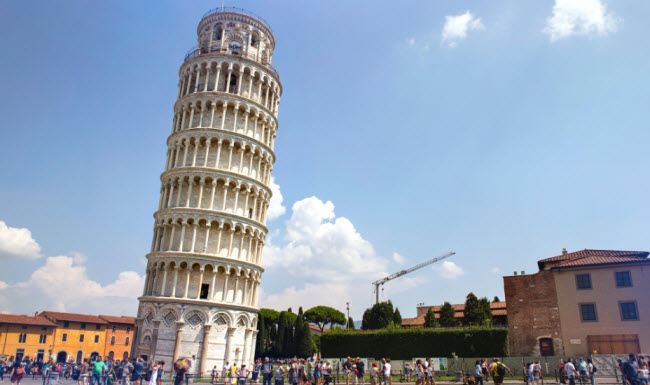The Leaning Tower of Pisa, renowned for its unintended tilt, stands as one of the most iconic architectural marvels in the world. Located in Pisa, Italy, this medieval bell tower is part of the cathedral complex known as Piazza del Duomo. Its unique tilt, caused by unstable foundation soil, has captivated visitors and engineers alike for centuries. Despite various restoration efforts, the tower remains a testament to historical engineering challenges and the beauty of medieval architecture.
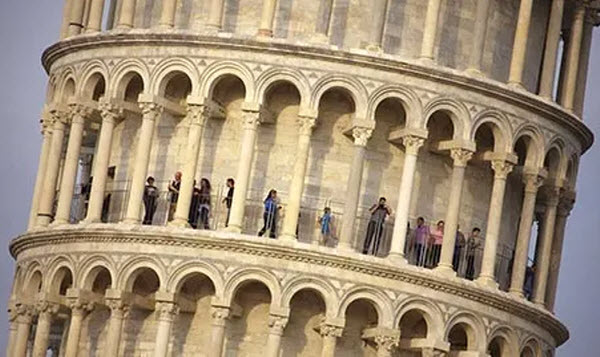
Construction and Structure
Location: Pisa, Italy
Height: 55.86 meters on the lower side and 56.67 meters on the higher side
Base Thickness: 2.44 meters
Weight: 14,500 tons
Construction Phases:
- Early Construction: Work began in January 1172 when Dona Berta di Bernardo, a widow from the Opera del Duomo, purchased stones for the foundation. The foundations were laid, and construction of the ground floor commenced on August 14 of the same year. The ground floor featured a portico with interlaced columns and classical Corinthian capitals.
- Tilt Emergence: By 1178, during the construction of the second floor, the tower began to tilt due to the shallow depth of the foundations (only three meters) and the weak soil. Construction halted for nearly a century as the Republic of Pisa was engaged in conflicts with Genoa, Lucca, and Florence. This pause allowed the ground to stabilize.
- Resumption and Completion: In December 1233, construction resumed. By February 1260, Guido Speziale, son of Giovanni Pisano, was chosen to continue the work. To compensate for the tilt, engineers constructed the upper floors with one side higher than the other. Construction paused again in 1284 after Pisa’s defeat by Genoa at the Battle of Meloria. Work resumed, completing the seventh floor by 1319. The bell chamber was finally added in 1372 by Tommaso di Andrea Pisano, with the largest bell installed in 1655.
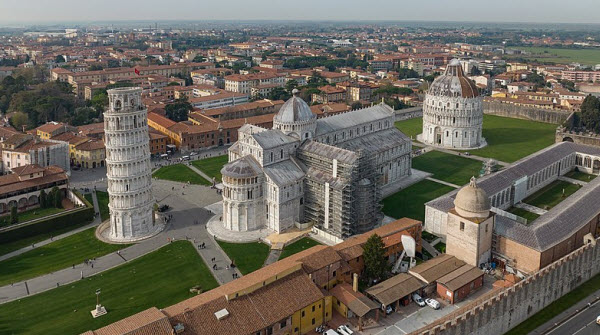
Historical Significance
Galileo Galilei’s Experiment: Between 1589 and 1592, Galileo Galilei reportedly dropped two cannonballs of different weights from the tower to demonstrate that their descent was independent of their masses, illustrating the laws of free fall.
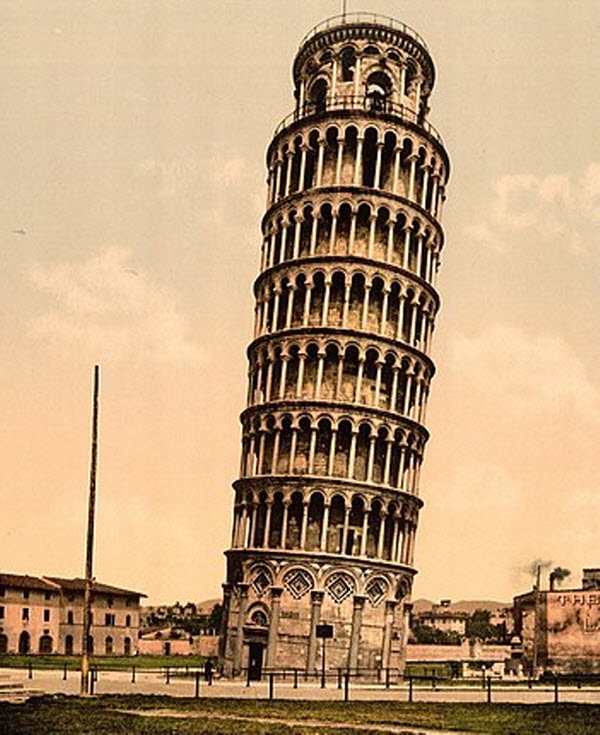
World War II: During WWII, Allied forces suspected the Germans were using the tower as a lookout. Sergeant Leon Weckstein, moved by the cathedral’s beauty, chose not to destroy it, thereby preserving it from potential damage.
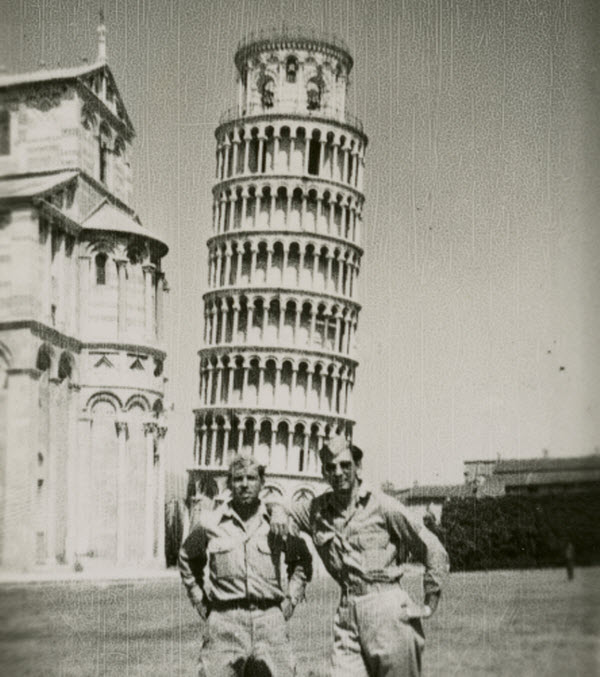
Seismic Resilience: The tower has survived at least four significant earthquakes since 1280. Researchers have found that its survival is due to the interaction between the tower’s structure and the underlying soil, which absorbs seismic waves, despite the tower’s precarious tilt.
Conservation Efforts
Initial Efforts: In 1964, with the tilt worsening, the Italian government sought international assistance to prevent collapse while preserving the tilt, a key aspect of its appeal.
Stabilization: In January 1990, the tower was closed to the public, bells were removed to reduce weight, and cables were installed. Excavations removed 38 cubic meters of soil from under the high end, and 870 tons of lead weights were added. These measures reduced the tilt by 45 centimeters, returning it to its 1838 position.
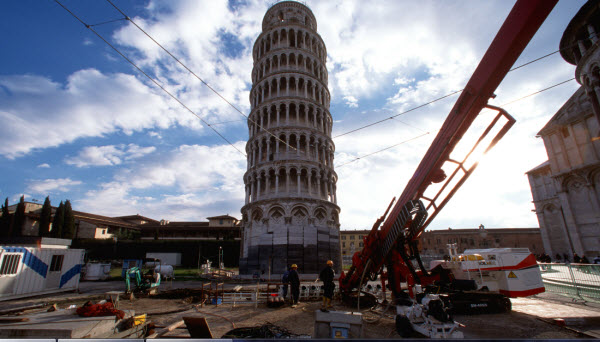
Restoration: After over a decade of corrective stabilization work, the tower reopened to the public in December 2001. Currently, the tower undergoes gradual restoration to address visible damage from wear and tear due to weather exposure. In May 2008, engineers announced that the tower had stabilized and would remain so for at least 200 years.
The Leaning Tower of Pisa continues to be a symbol of architectural ingenuity and a reminder of the challenges faced by builders in history. Its preservation is a testament to modern engineering capabilities and historical respect.
